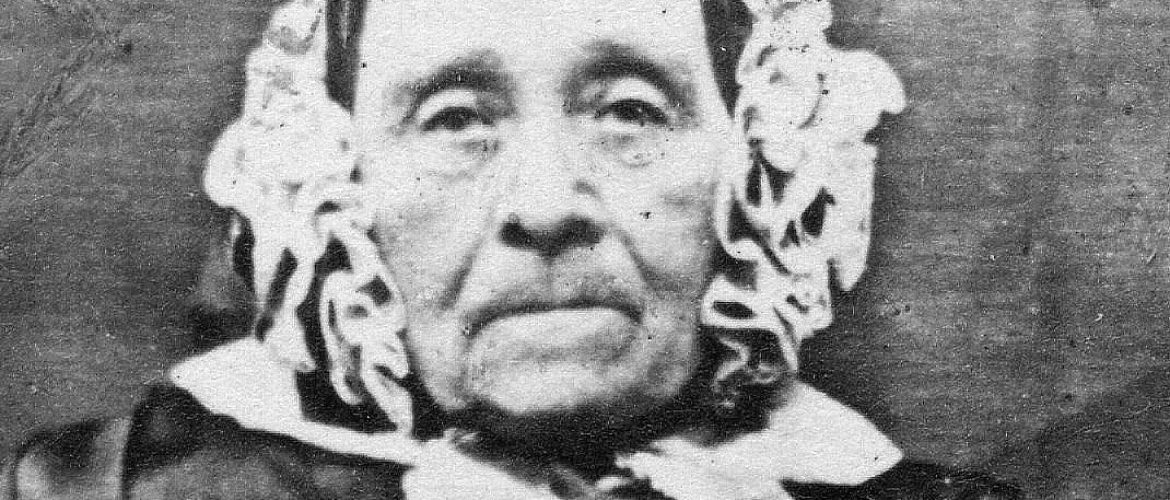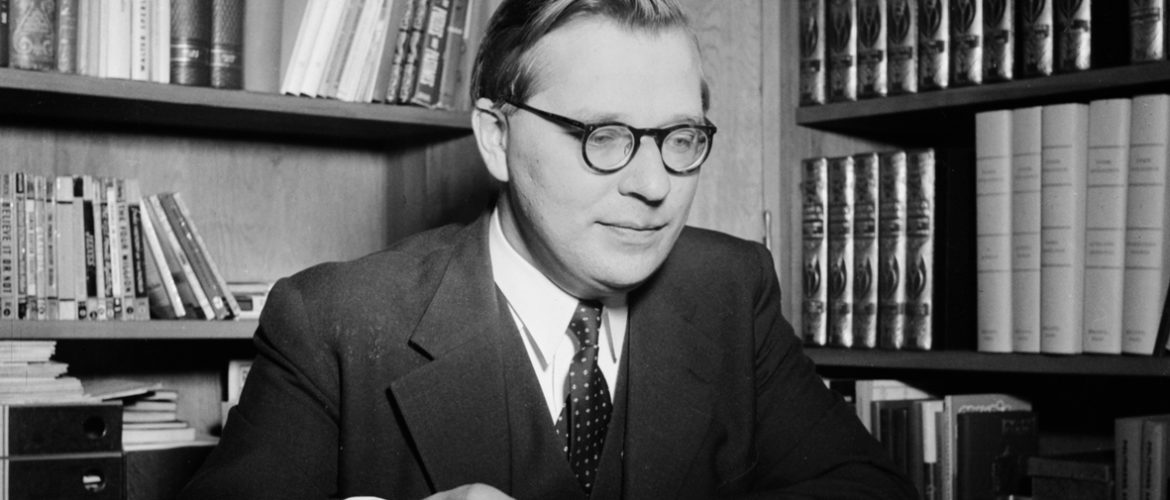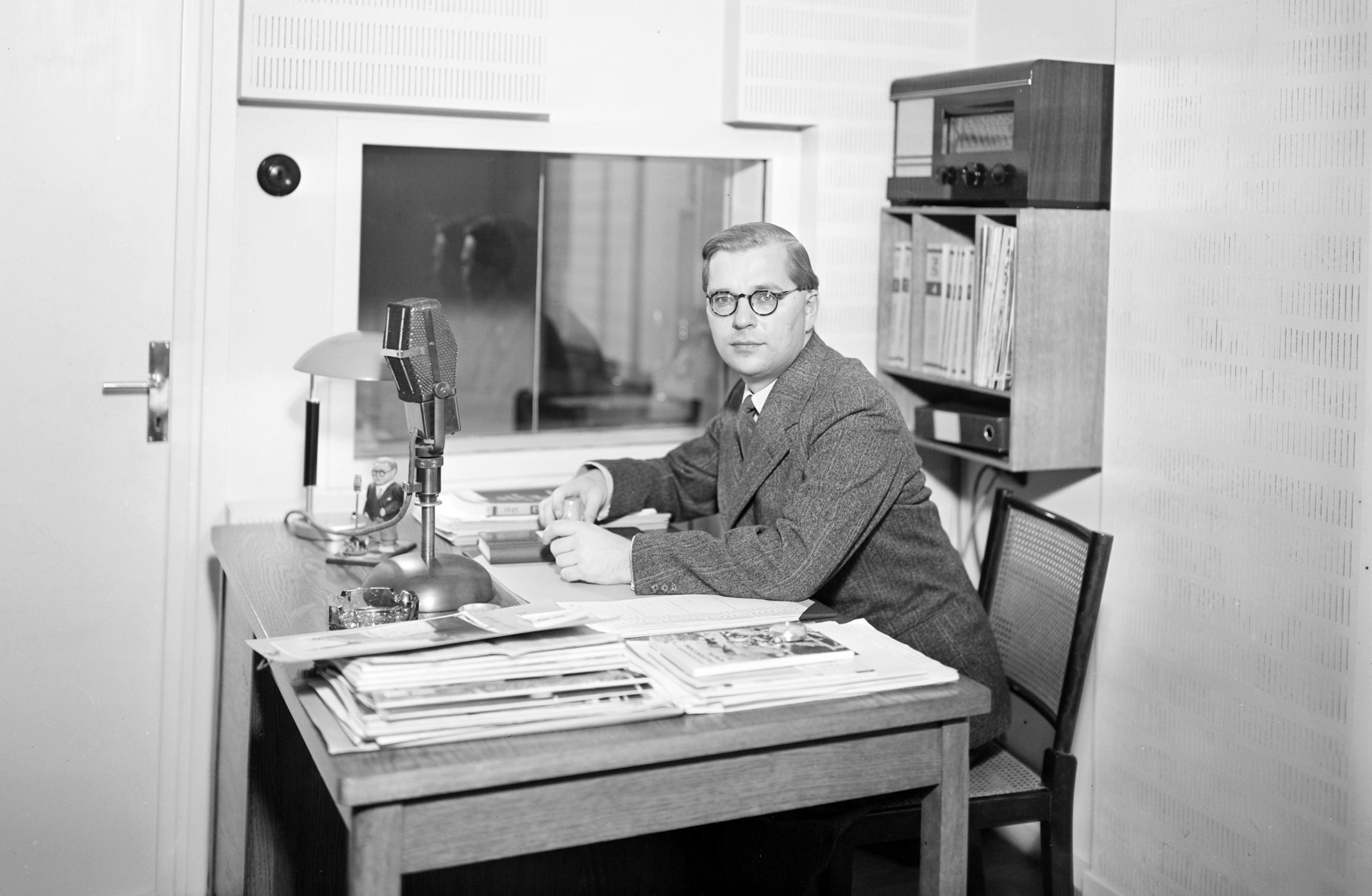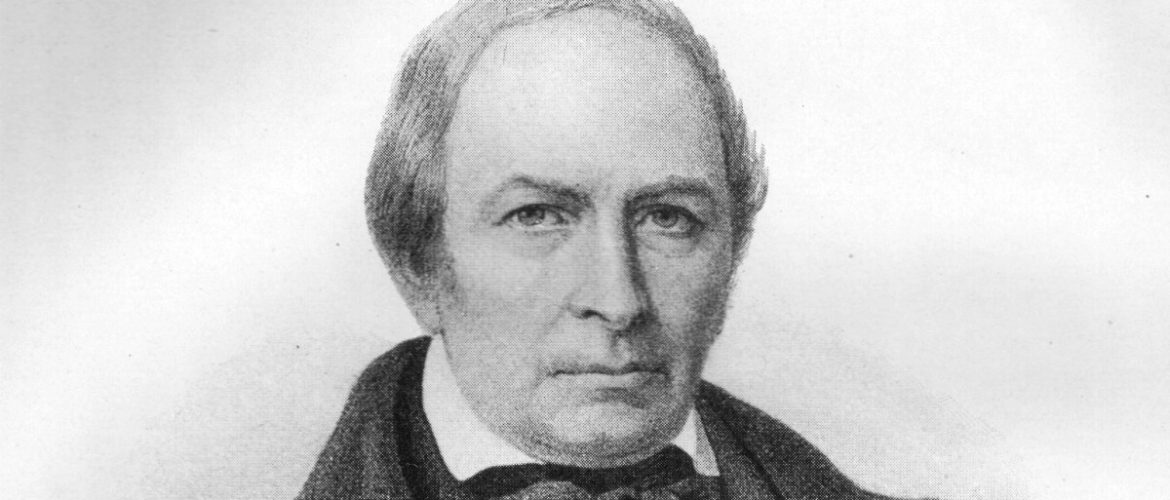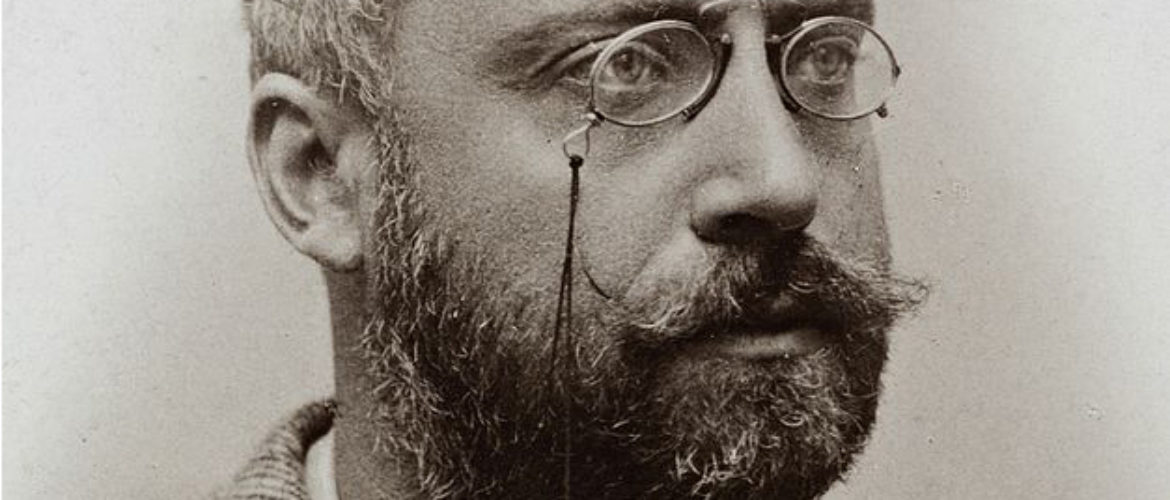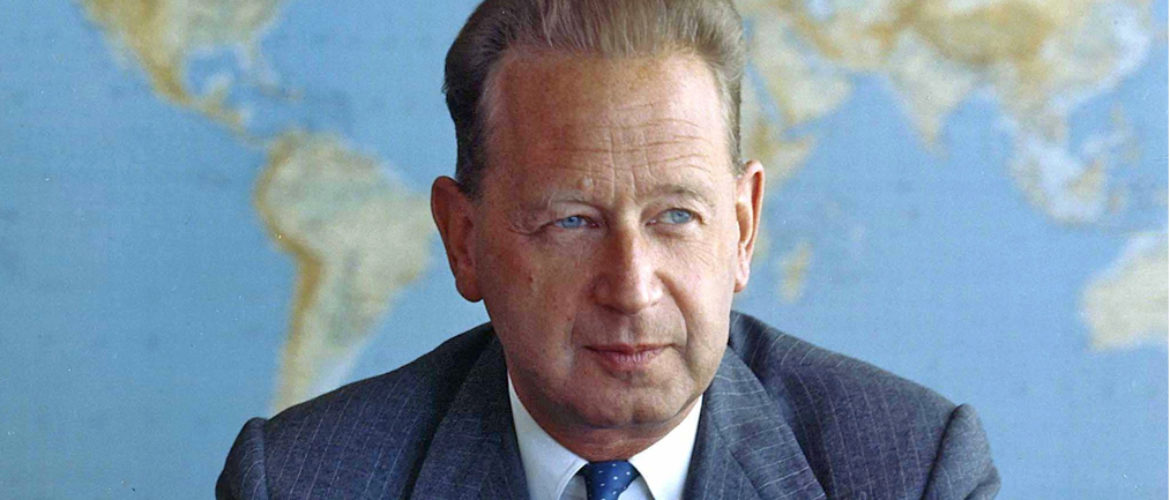1790-1855.
Author, literary historian, philosopher.
At the age of 17, Atterbom became one of the leading members of the Musis Amici society (later the Aurora Society), which sought to reform Swedish literature in a neo-Romantic spirit.
The literary revolution that Atterbom wanted to lead began in 1810 with the critical and satirical journal Polyphemus. Together with V.F. Palmblad, he started the journal Phosforus, which claimed poetry as a spiritual force capable of transforming life.
With his friends Geijer, Palmblad and Törneros, Atterbom had an amiable and soulful family relationship, and in Malla Silfverstolpe's salons, Atterbom and other Romantics were intimately at home for decades.
Atterbom became professor of theoretical philosophy in 1828, professor of aesthetics and modern literature in 1835 and was also a member of the Swedish Academy from 1839.
His works include the fairy tale play Fågel Blå (1814), the lyrical fairy tale play Lycksalighetens ö (1824-1827) and Samlade dikter (1837-1838). In Svenska siare och skalder (1841-1845), Swedenborg, Ehrensvärd and Thorild are portrayed. Stiernhielm, Dahlin, Kellgren and Bellman are also portrayed.
Burial site: 0152-0060
Image description: Per Daniel Amadeus Atterbom, painting by Johan Gustaf Sandberg 1831, Photo: Nationalmuseum / Wikimedia Commons. [The image is cropped]
Click here for an uncropped image


